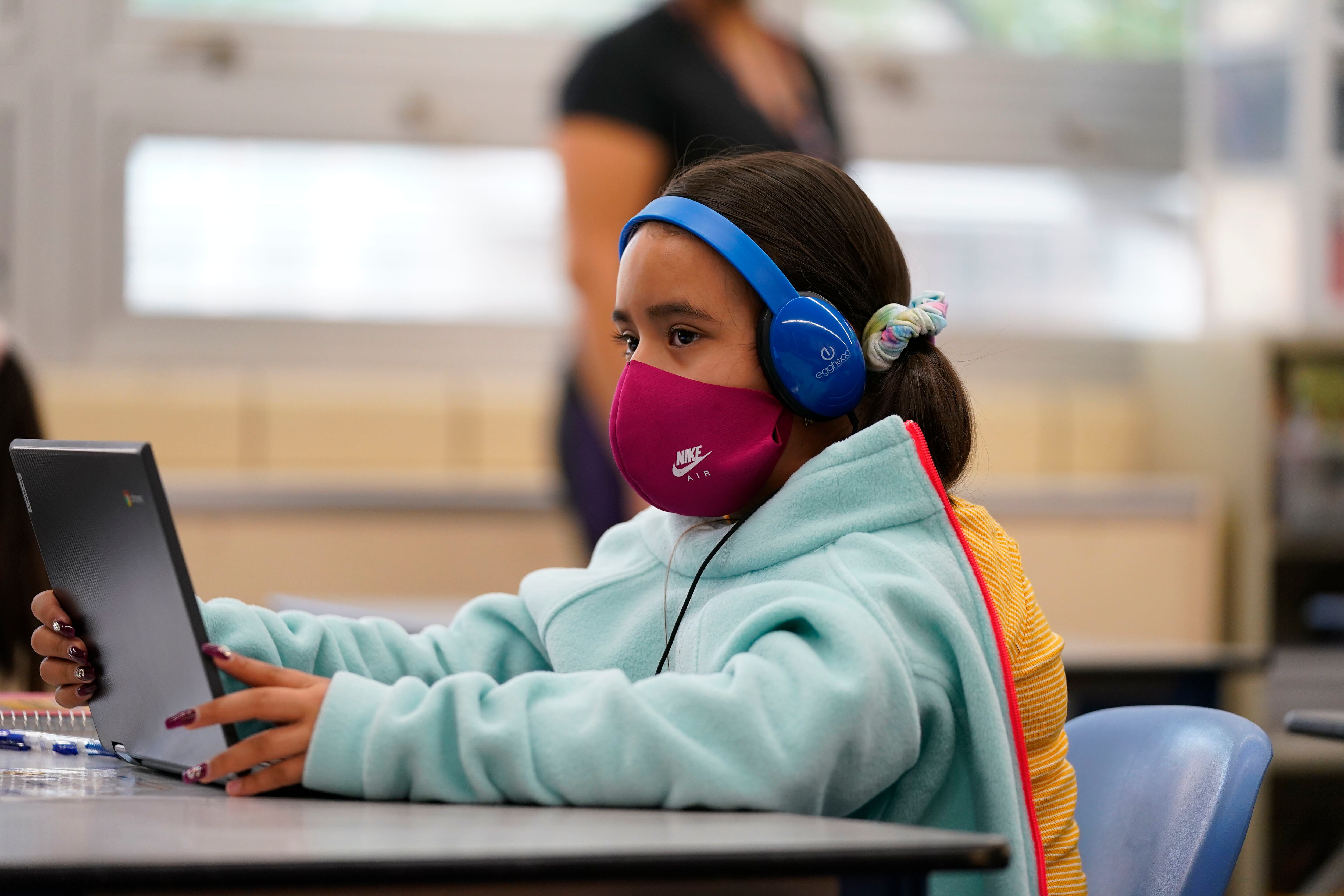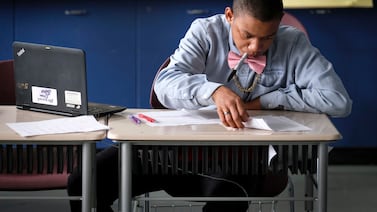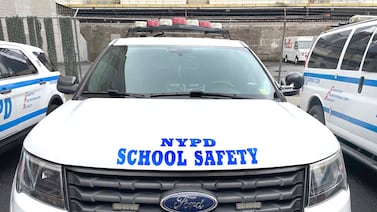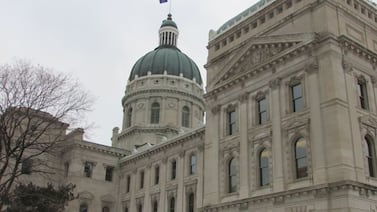After a cautious start, Indianapolis Public Schools plans to reopen classrooms in person for students in all grades next month.
The plan is based on improved coronavirus data in Marion County. Students up to fifth grade will return full time, and middle and high schoolers will return for two days of in-person learning each week. The city’s average positivity rate — the percentage of people who test positive for the coronavirus — has hovered near 5% for several weeks, according to state data.
“We have been watching our health data very closely and are excited to have seen some movement,” said Superintendent Aleesia Johnson at a media briefing Tuesday.
The plan will be presented to the school board Tuesday, but members do not need to approve it because the resolution to return virtually gave the administration latitude in reopening, according to a district spokeswoman. It could affect close to 33,000 students who attend schools tied to IPS, although some independent innovation schools are already operating in person. Families will have the option to sign up for virtual instruction.
The decision to reopen classrooms is a significant step for the district, which first chose to return 100% virtually in July when positivity rates were higher and many feared the outbreak was getting worse. IPS is now one of just two districts in Marion County that have not resumed in-person instruction. The other, Washington Township, approved a plan Tuesday to return in person.
The IPS reopening will be phased in over the first three weeks of October. Students in prekindergarten through third grade will return for a week of in-person school on Oct. 5. The next week, which was initially part of a fall break, all students will have remote learning.
Classrooms will reopen for all students on Oct. 19. Elementary school children will attend full-time in person, and sixth through 12th grade students will attend in person two days per week and study remotely three days per week.
While the safety concerns of reopening in person weigh heavily on most school leaders, there are also many reasons to return. Parents rely on schools to provide childcare. And they are a crucial connection for the most vulnerable children, providing food and access to healthcare.
At the same time, the education students receive remotely is unlikely to be as good as it would be in-person. In IPS, the average attendance rate has reached almost 80%, but that’s lower than the district would expect in person, officials said.
Even students who attend class may struggle to stay motivated staring at a screen. And it’s especially challenging, parents say, for small children to focus on online classes.
IPS will offer an optional full-time virtual program. It is still in the works, but it may vary by school, said Warren Morgan, the district’s chief academics officer. That’s different from the plan outlined in the summer when the district had intended to have a small number of teachers educate students from multiple elementary schools.
Virtual instruction could entail teachers educating students both in-person and remotely, creating specialized sections for virtual students, or relying on other staff in the building, Morgan said.
“We’re learning from other districts,” he said. “A big piece of that is actually gathering the data of how many students actually opt in.”
After IPS announced plans to return to school virtually, county and state officials have released more guidance. The Marion County Public Health Department allows in-person classes to continue for some students if the positivity rate remains below 13%. IPS is creating its own metrics that are similar to the county guidelines but slightly more cautious. If the rate goes above 11%, only pre-K through third-grade students would remain in person.
Other districts across Indiana that began the school year virtually are now grappling with the same question of when and how to resume in person. School systems including Hamilton Southeastern, South Bend, and Portage have either returned or begun discussing plans to reopen.





